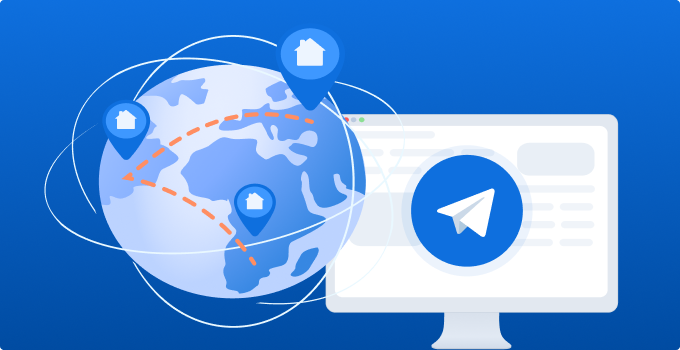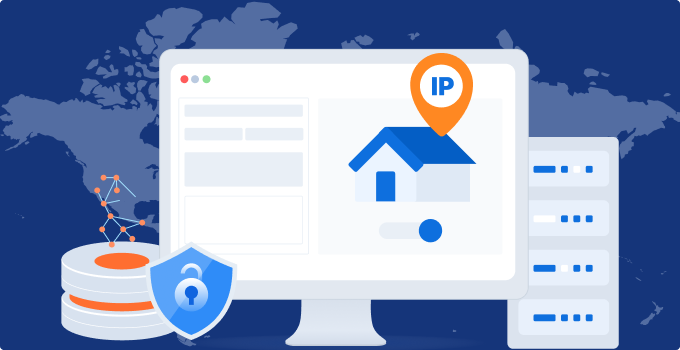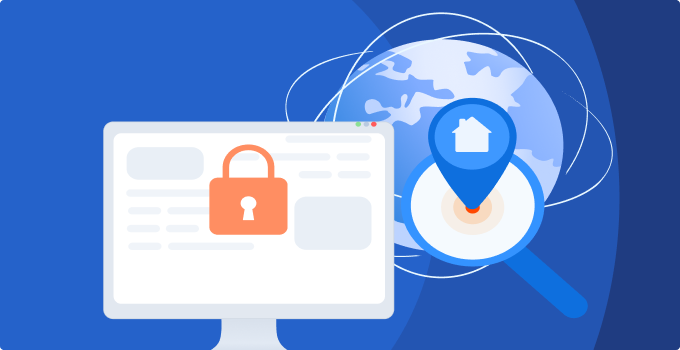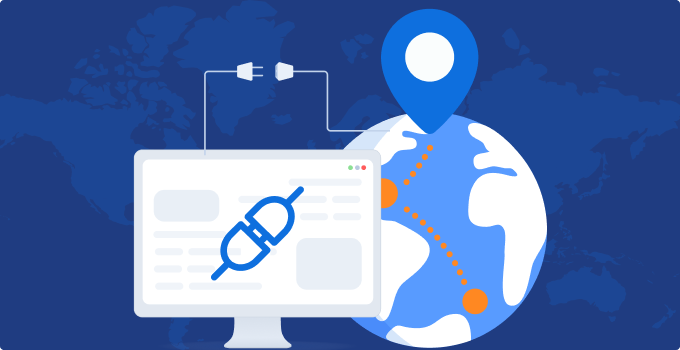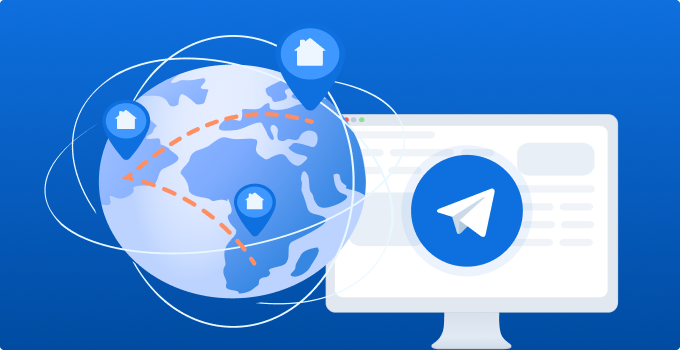In today's data-driven business environment, the success of a company often depends on how effectively it acquires and utilizes data. Web scraping, as a powerful data collection tool, has become one of the core technologies for improving business efficiency in many industries. By crawling data on the Internet, companies can quickly obtain key data such as market trends, competitor information, customer needs, and then formulate more accurate business strategies.What is web scraping?Web scraping is the act of extracting data from a web server. Web scraping tools usually try to use various tools and robots to effectively collect data. These tools depend on the website, which is the target of data scraping.Some modern websites use JavaScript to load dynamic content. Therefore, web scraping tools should use tools suitable for such content, such as headless browsers. In addition, some websites try to block web scraping activities, which has become the biggest challenge for web data extraction, so advanced tools are needed.Although most web scraping is now done automatically, there are also some web scraping tools that choose to do it manually. Manual web scraping requires someone to manually copy and paste data from the website, which is very time-consuming and not suitable for large-scale data scraping.However, manual scraping is usually low-cost and does not require much technical knowledge, so it is a good choice for small tasks. On the other hand, automated web scraping is very suitable for ongoing, complex data extraction projects because it is very efficient and scalable.How does web scraping help improve business efficiency?1. Get real-time competitive intelligenceIn a highly competitive market environment, companies must always understand the dynamics of competitors and market trends. Through web scraping, companies can obtain competitors' product information, pricing strategies, promotions, etc. in real time, so as to adjust their market strategies in time and maintain competitive advantages. For example, e-commerce platforms can optimize their pricing and promotions by crawling prices, inventory, and sales data from competing websites.2. Unlock market demand dataUnderstanding customer needs is the key to improving business efficiency for companies. Through web scraping, companies can capture user feedback from multiple channels such as social media, review platforms, forums, etc., and identify customer pain points and demand trends. This data can provide valuable guidance for product improvement, marketing, and customer service. For example, by scraping Amazon's product review data, companies can understand consumers' evaluation of a certain product and optimize their products or services.3. Simplify data analysis and report generationWhen companies conduct market analysis, they usually need a lot of data support. Through web scraping, you can automate the data collection process without manually obtaining information from multiple websites, thus saving time and labor costs. The captured data can be directly imported into analysis tools or databases, and reports can be automatically generated to help management make faster decisions. For example, financial analysis companies can use web scraping technology to regularly capture stock market data for automated trend analysis and report generation.4. Improve customer service and user experienceBy scraping customer feedback and review data, companies can better understand customer needs and optimize products and services. For example, by scraping user reviews on e-commerce websites, companies can identify product defects or service issues that customers often mention, thereby improving product quality and enhancing customer experience. In addition, companies can also capture user discussions on social media to understand customers' views on the brand in a timely manner and help the brand management team make adjustments.Practical application examples of web scrapingExample 1: E-commerce platform price monitoringSuppose you are an online retailer and want to monitor your competitors' pricing strategies. Through web scraping, you can automatically crawl price information from competitors' websites and compare it with the prices on your own website. In this way, you can understand the price fluctuations in the market in real time and flexibly adjust your pricing strategy. Further, you can also crawl information about discounts and promotions to ensure that you can seize the opportunity during important sales seasons.Example 2: Talent market analysis on recruitment websitesIf you are a human resources company, you may need to analyze the talent demand and salary levels in the current market. By crawling job postings on recruitment websites, you can quickly understand which industries and positions are recruiting the most talents, as well as the salary ranges of these positions. These data can help you adjust your recruitment strategy, optimize the talent pool, and provide customers with more accurate salary and talent market analysis reports.Example 3: Real estate market data analysisSuppose you are a real estate company and you want to analyze the real estate market dynamics in different regions. By scraping data from real estate websites, you can obtain information about house prices, rents, property types, and supply. By analyzing this data, you can develop more appropriate investment strategies, identify the most promising markets, and provide customers with timely market analysis reports.Web scraping technology provides companies with an efficient and flexible way to obtain data, which can help companies unlock industry data and improve market competitiveness. From competitive intelligence acquisition, customer demand analysis, to automated data processing, web scraping has a wide range of applications in all walks of life. By making rational use of web scraping technology, companies can significantly improve business efficiency, optimize operational processes, and make more accurate market decisions.However, when implementing web scraping, companies must carefully follow relevant laws and ethical standards to avoid abusing scraping tools. Through legal and compliant scraping methods, you can not only achieve efficient data collection, but also ensure the long-term development of the company.Web scraping examples not only help companies obtain key data, but also make data easier to manage and use. As we can see, the power of scraping data can bring huge competitive advantages to companies and become the key to success.
